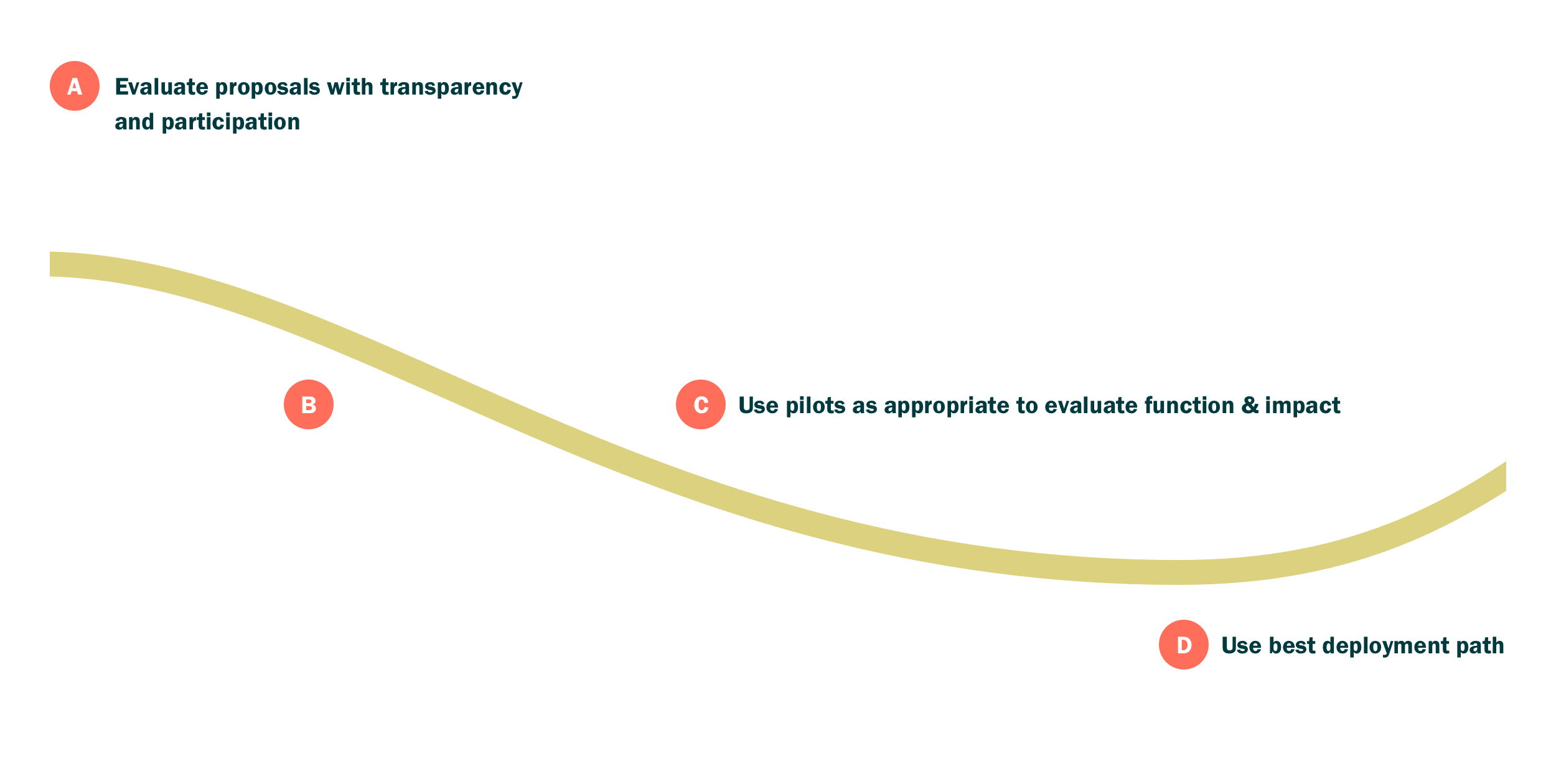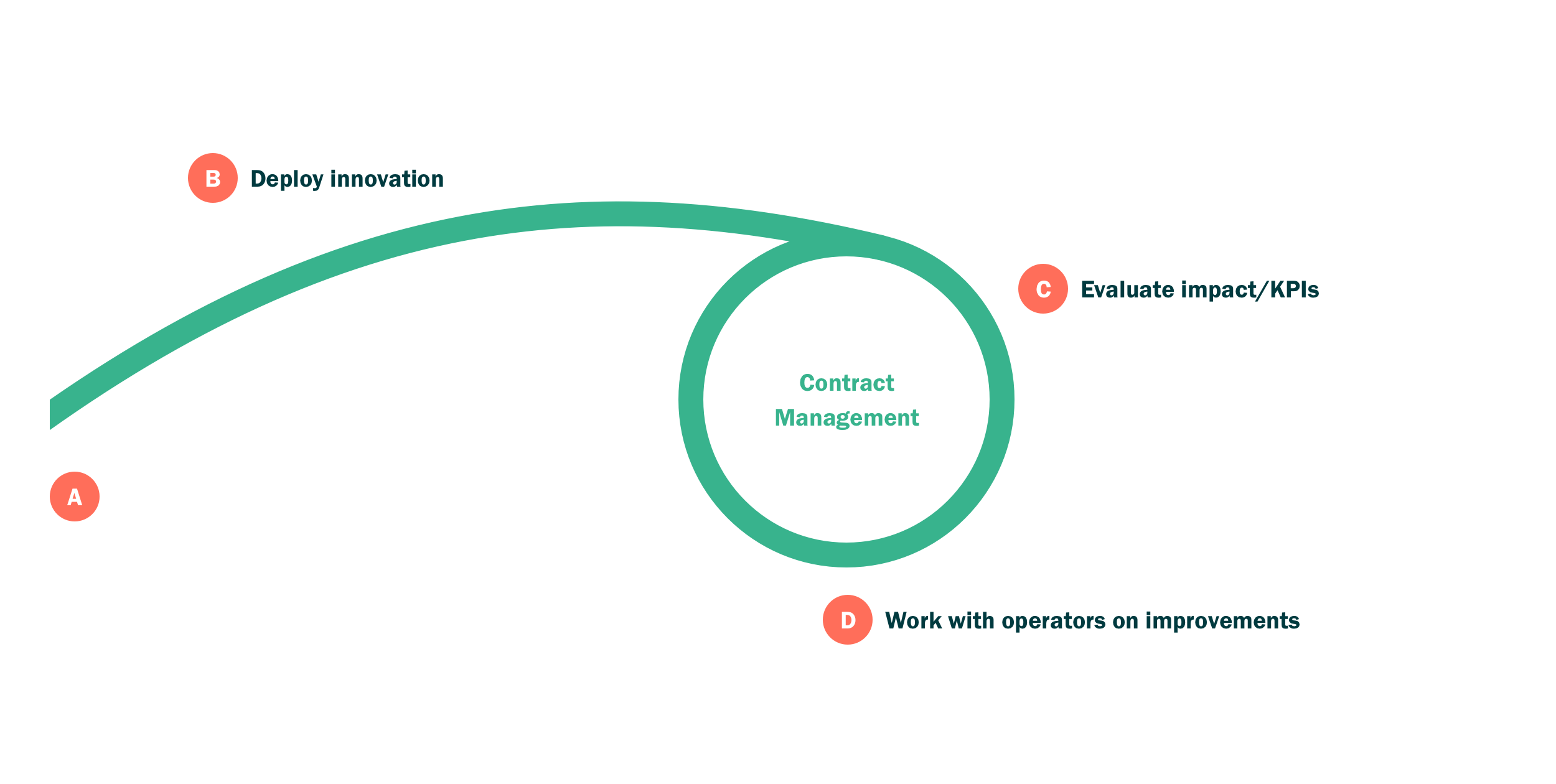I want to build capacity in my community to be an informed and empowered partner for urban mobility and other innovations.
The mayor wants your city to be a leader in ‘community-first mobility innovation,’ empowering all residents to participate in a meaningful way in exploring new ideas.
Your city wants to open up to meaningful innovations by building capacity in historically-disadvantaged communities to plan and shape their mobility future.
By capacity, we mean that communities can organize, articulate and prioritize their needs as well as truly understand the potential of innovations in their context.
By participation, we mean that the community is empowered to learn, be part of decisions and hold operators accountable for outcomes.
Your goals for this assignment are:
- Assess the capabilities of communities for community organizing and participation, and identify needs for support
- Develop an offering of grants, technical assistance and training resources to support community organizing efforts
- Help communities learn about relevant innovations and participate in plans and decisions that affect their priorities
Your strategy outline is:
- Define an action plan
- Engage residents and community groups to develop ‘community-first’ offerings
- Help communities prioritize needs and aspirations, and empower them to monitor outcomes
- Gather information about relevant innovations and opportunities to feed into co-creation activities
- Help communities take actionable ideas forward and empower them to be part of decisions




